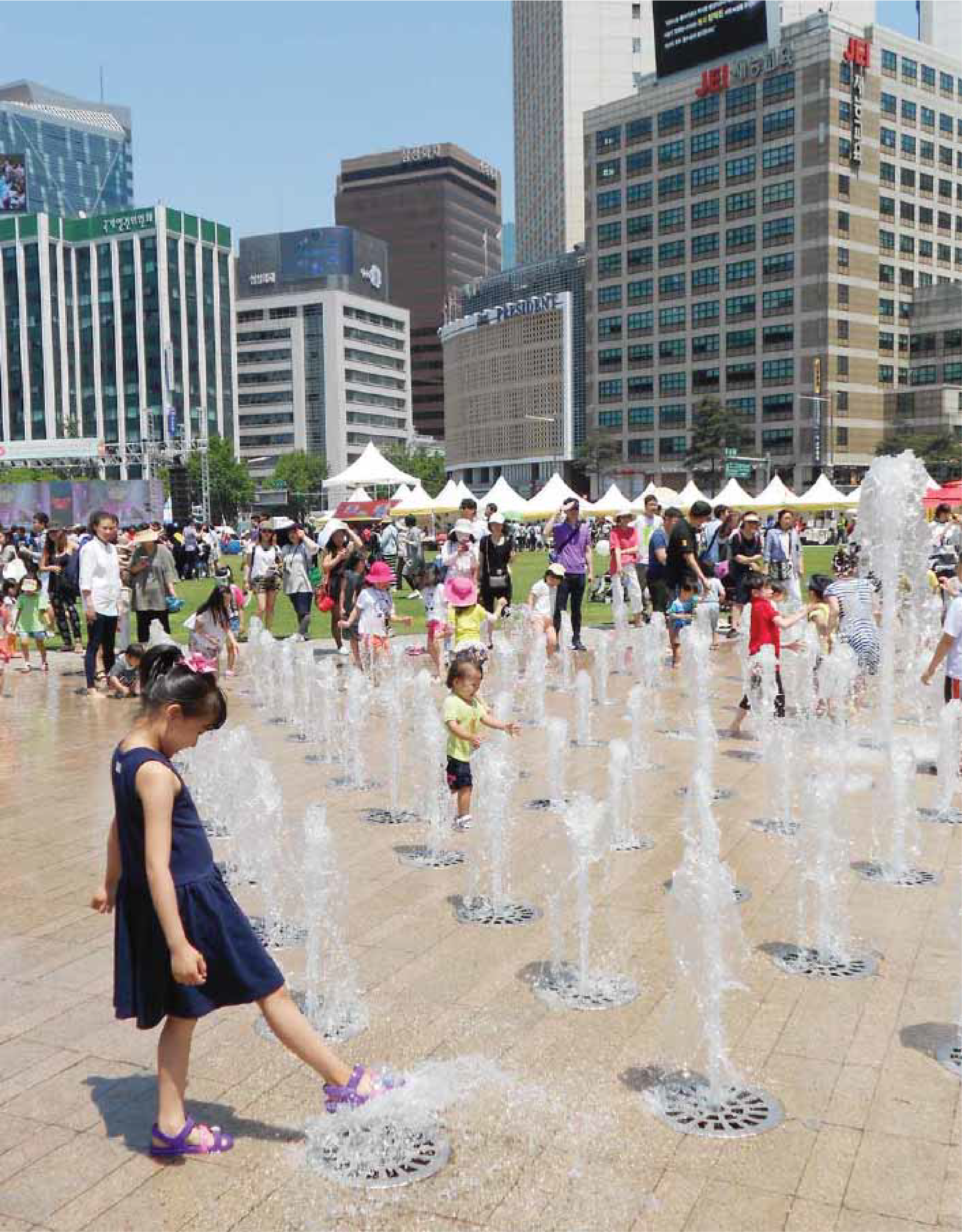First published in Tulay Fortnightly, Chinese-Filipino Digest 29, nos. 14-15 (January 17-February 6, 2017): 24,26.
Since the 1970s, Seoul has seen different stages of urban expansion. Today, Seoul has three major business districts in the city: the historical city center, the island of Yeoui and Gangnam. A fourth area is in gestation around the Digital Media City of Sangam, started in year 2000. Its activities are clearly internationally geared towards digital technology and cinema.
For visitors, Seoul is the main entry point to South Korea. The capital’s airport, built on an artificial embankment, is situated in Incheon. Chinese visitors rank as the number one tourists in South Korea: Seoul is approximately a three-hour flight from the Chinese megalopolises such as Beijing, Shanghai and Guangzhou.
While the service sector is well-established in the capital city’s business districts, Seoul is mainly an industrial city. Industrial districts were born during the period of high growth during the Japanese occupation.
The manufacturing activities, particularly the textile sector, accounts for 30 percent of these activities, while the electronic and electrical sectors come close to 20 percent.
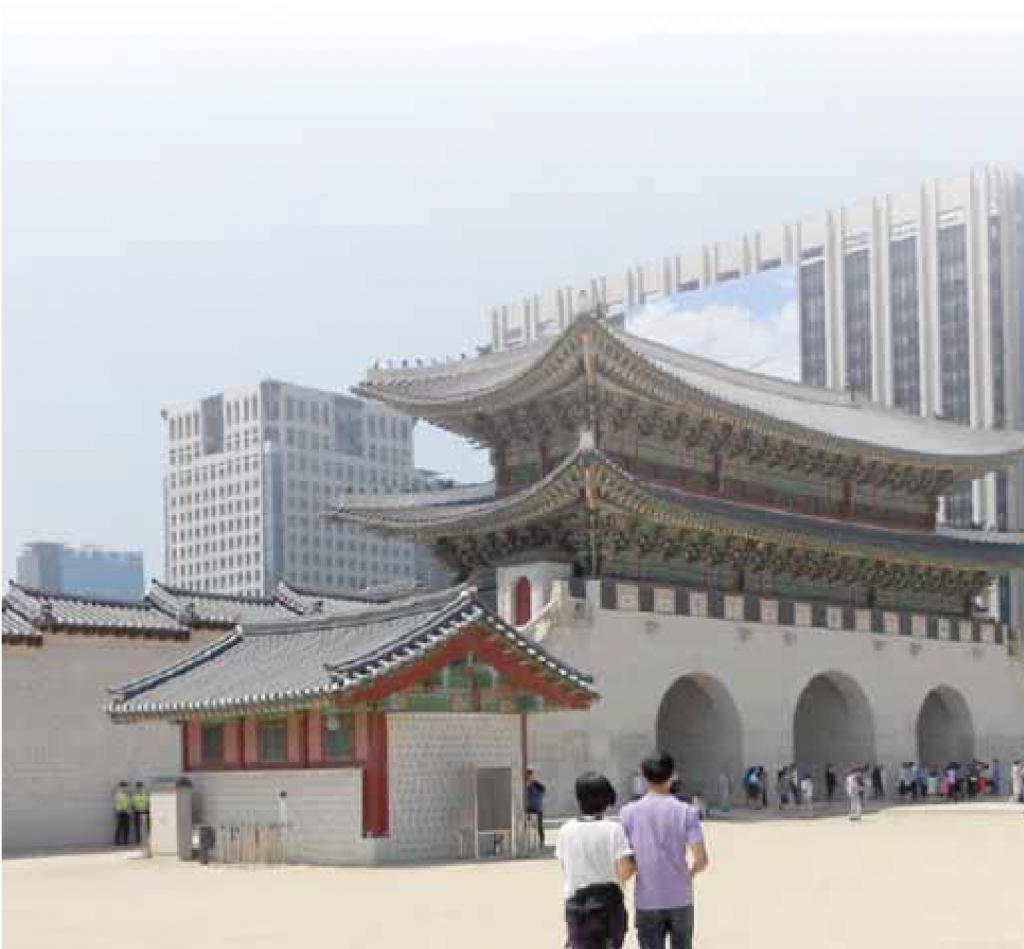
The textile and fashion center is located in the Dongdaemun district. The factories for textile, wood, glass and also motor vehicles have progressively set up, in a decentralizing movement, along the Incheon-Seoul axis.
Their locations follow a dense railway and road network. It is also worth noting that the subway system of Seoul stretches up to Incheon.
At the end of the 1980s, when the dictatorship ended, the country opened up to the world. Restrictions weighing on the Korean people lessened: they could finally travel abroad by the year 1989. The country’s opening to foreign investments resulted in the influx of foreign business executives.
South Korea also brought in foreign labor, with Seoul accounting for almost 30 percent of the foreign population in the country, estimated to number 1.9 million in 2016.
Chinese districts in Seoul
The Chinese, whether born in Korea or migrants, are grouped into several areas of Seoul. Originally, Seoul’s Chinatown was situated at the epicenter of the city, Jongno, a district that was completely reshaped to give an image of modernity to the capital city.
However, the oldest Chinese schools are still located there: the Chinese Language Primary School which was founded in 1909 is in Myeongdang; and the Kwanghwa Middle School, founded in 1942 but closed during the Second World War, is housed inside the property of the Taiwan mission.
Yanbian Street (Yanbian Geori) borders the industrial districts of Guro and Yeongdeungpo, near the Garibong market.
Its name evokes the province of origin of the Korean-Chinese community members who are natives of the autonomous Chinese prefecture of Yanbian (northeast of China).
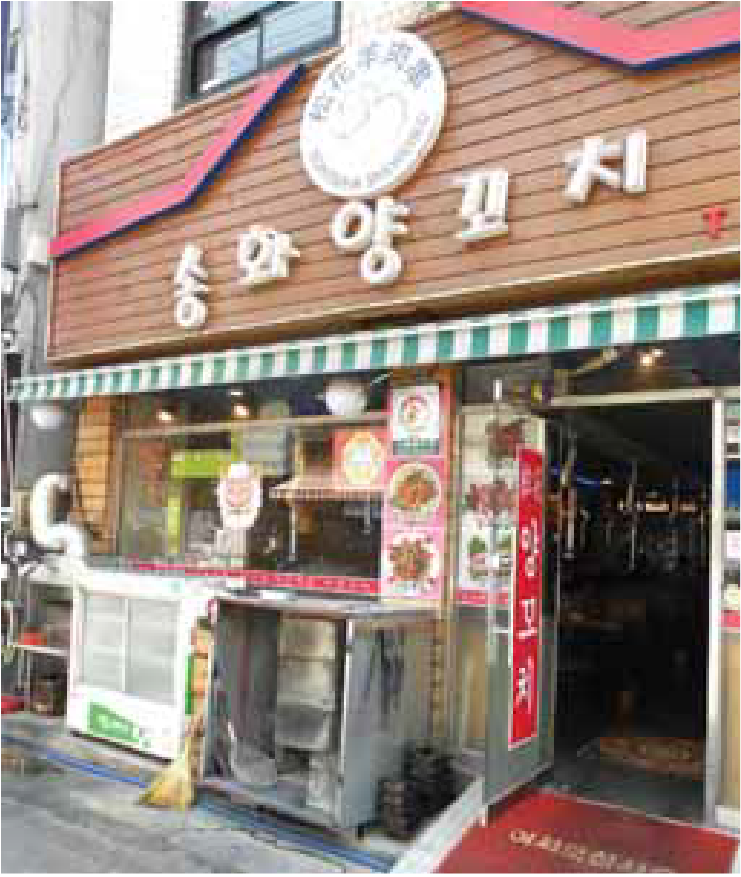
These Korean-Chinese are called “Joseonjok.” The area where they live, also named Daelim Chinatown or Daelim-dong, emerged following the Korea-China Amity agreement in 1992 that allowed around 20,000 persons to work at the nearby Guro Industrial Complex.
The atmosphere of the district is Chinese because of the shops’ signage, the ornamentation, the stores, the food stalls and the banking services available.
Most of the Chinese frequenting the area come from the Chinese provinces bordering North Korea (Jilin, Heilongjiang, Liaoning). Some are shopkeepers.
One of the most popular Chinese delicacies in the district is the lamb malatang, served as a soup and is traditionally from Sichuan province.
The stalls offering traditional food are very successful, particularly in selling the ma hua snack, 500 pieces of which are sold every day (one piece costs 1,000 won or US$1.10).
The Chinese migrants in this district are realistic about their lifestyle in South Korea. They had better and more spacious housing conditions in China, in contrast to Seoul where they often live in basement apartments.
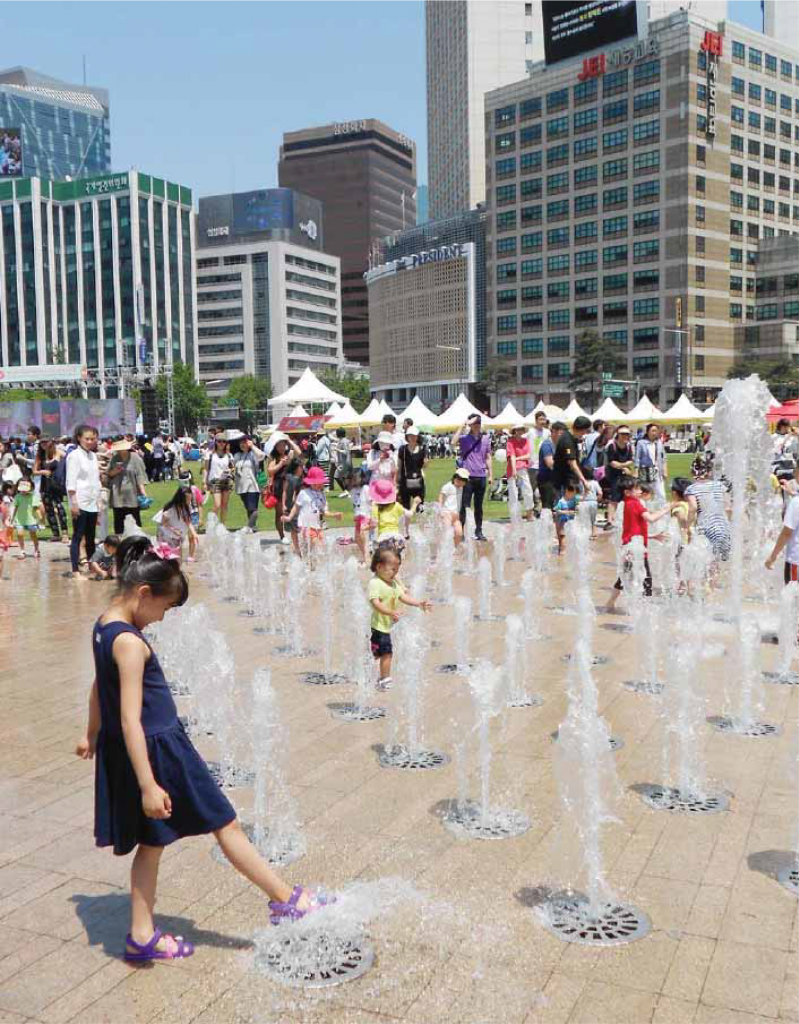
However, their income in South Korea is more substantial. The Seoul Metropolitan Government had planned to make Daelim-dong into a Chinatown but had to back out as local residents opposed the plan, claiming it was premature. Yet, the area has a big Chinese population, where 40 percent of pupils in the primary schools are of Chinese origin. Eighty-nine percent of the 26,500 foreigners living in the district are Korean-Chinese.
Another Chinese district is Yeonam. In 2002 and 2007, the SMG tried to turn it into a Chinatown despite its lower demographic. The project was abandoned due to lack of support from local residents. The latter were afraid that real estate prices would rise, set off by the influx of tourists and the transformation of the constructed environment into shops…which would eventually force them to move out!
A third Chinese district is in Gwangjin, a district in the eastern part of Seoul. The reason for the concentration of a Chinese population here is the growing number of Chinese students studying at the nearby Konkuk University.
This is also true in the city’s other universities, like the Seoul National University, where Chinese students compose 80 percent of its 2,300 foreign students.
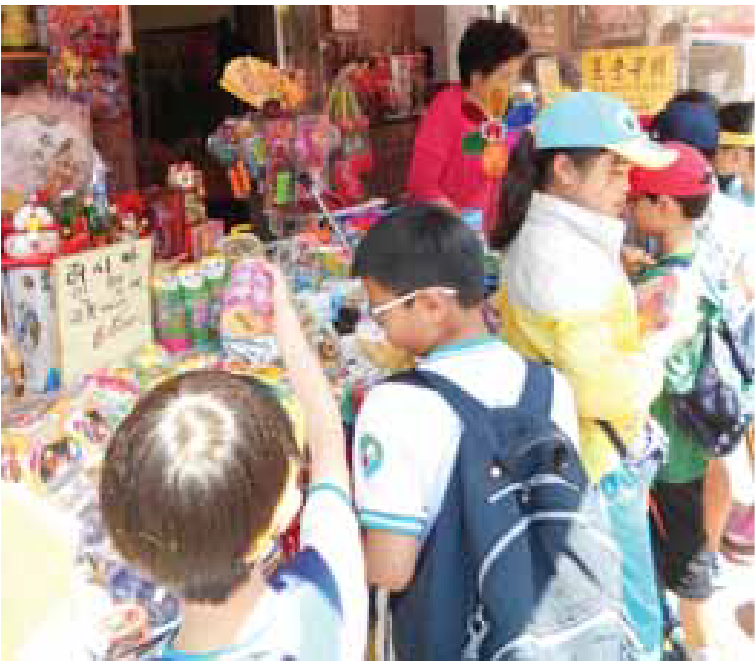
What makes the area attractive are the restaurants run by Chinese, natives of Xinjiang province. Their culinary specialty is grilled lamb. These restaurant owners began their businesses 10 years ago, after coming to South Korea to work in the textile factories.
Because this district is called “new Chinatown,” it also attracts Chinese tourists who heard about it through word of mouth and are keen on finding an “authentic” district, not just a place entirely dedicated to tourism like Incheon.
These three Chinese districts reflect the variety of the Chinese communities and their waves of migration into South Korea.
Filipinos in Seoul
Filipinos are also very much a presence in South Korea (39,000 in 2015) for several reasons: they work in the manufacturing sector, or as kasambahay, or they are married to Koreans. Their presence is not dominant in any district. Most, however, reside in Yongsan-gu in Seoul and Gyeonggi province, an industrial district.
The Filipino community has around 60 associations: some are professional associations; some are linked to the community’s areas of residence in Seoul; others are organized according to the provincial origins of its members. There are 33 religious organizations as well.
One of the meeting points of the Filipino community is located at the northeastern part of the city, at Hyehwadong, where the Sunday Philippine market is held. It is not only a market place, it is also a place for the Filipino residents in Seoul to get together.
The location is strategic as it is near the Catholic church of Hyehwa, the only church in the country that offers a mass in Tagalog since 1995. Filipinos, some coming from afar, converge in this market.
Traveling through Korea is an experience in multi-racial, multi-cultural rapidly urbanizing influence.
